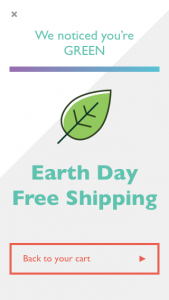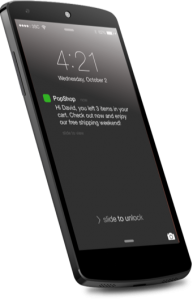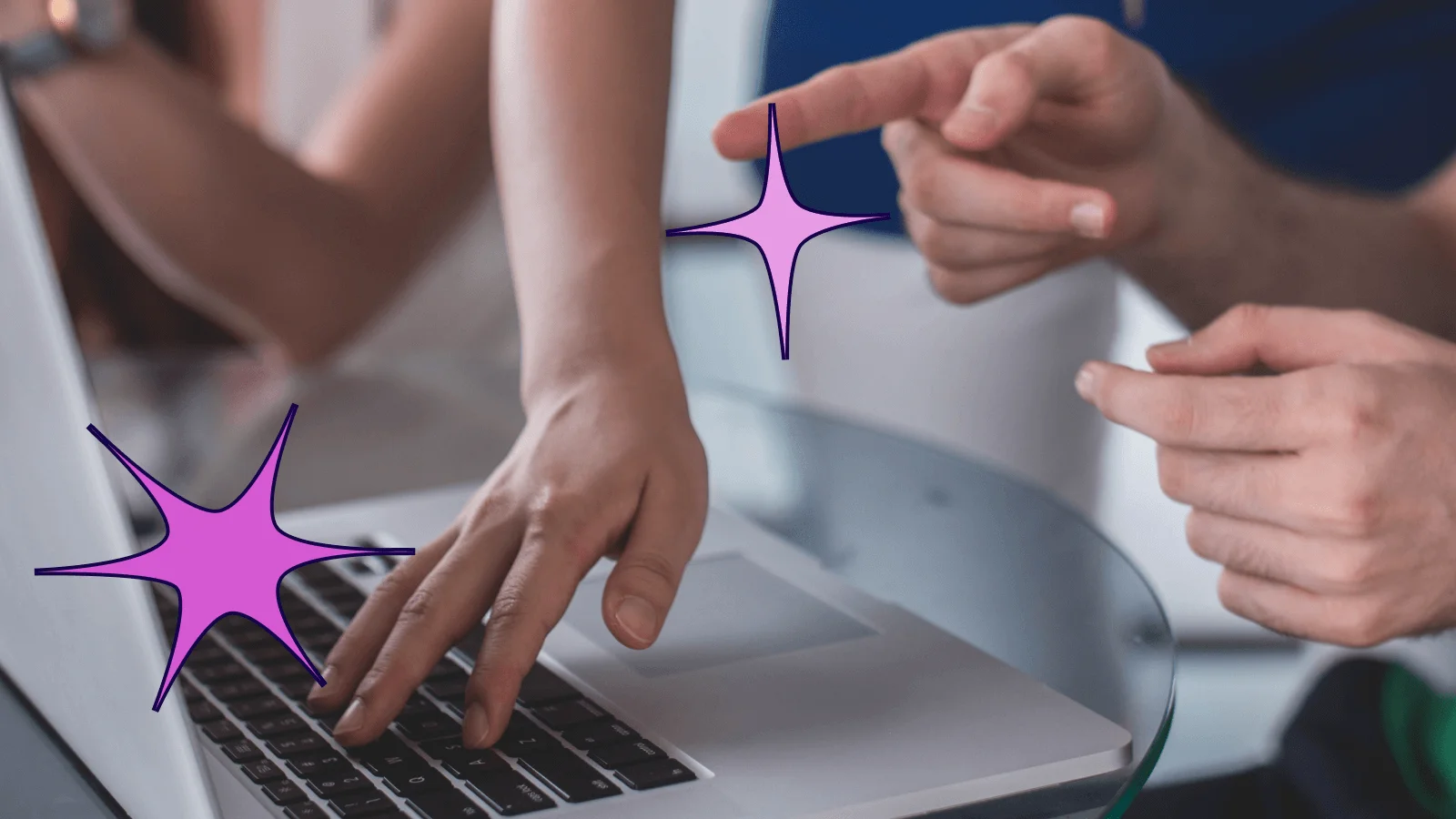Are your apps bringing in the engagement they were meant to deliver? That’s the question many enterprises are asking themselves. The world of mobile apps is beginning to coalesce around a set of must-have engagement features and tools, as well as the best practices to use them. Many of these features can be published into live apps as “instant” features, yet require that you plan carefully.
This blog post classifies 7 types of tactics, which we’ll list and give examples of, as well as how to use them to optimize your business results.
Orient Your Users
With user guidance features, you are on-boarding users and driving them to make better use of the app; highlighting unused 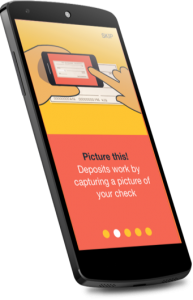
An example of a guide features is an App Walkthrough. Optimize your users’ first time experience within the app and make sure they understand its value. Showcase the app’s main features and ensure users understand how to use them. This is optimally done with an image carousel.
Start a Two-Way Conversation
Communication is about listening before you act. It’s not just about notifying users of various offers and promotions. The key point here is to first “listen” to users’ digital body language and only then use communication features to “talk” to them.
For example, say your user is a regular buyer of organic food. It would be a shame not to invite this user to take advantage of your grocery app’s Earth Day specials, wouldn’t it?
Transform Intent into Conversion
Conversion features have the purpose of creating an intent to buy and then transforming it into an actual purchase.
Getting users to register when they use an ecommerce app is also a great way to drive conversion. Registration usually promises benefits for both the user and the app owner. By identifying users, coupons, promotions, messages and more can be personalized and become more actionable.
Cart reminders are about retargeting users that have items in their shopping cart but didn’t finalize their purchase.
Ask for Feedback
The more you understand your users the better you can serve them. On the macro level, you’d 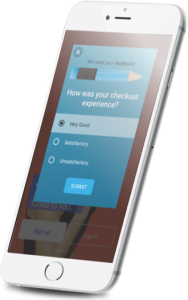
Whether it’s a Single Question Survey or a Multiple Question Survey, you’ll also need to weigh when would be the optimal time for launching the survey. Asking for feedback on a new feature immediately after using it for the first time, or after a user completed a flow will drive increased user engagement.
Spread the Word
Having users share the app or acquiring users through cross-promotion is a great way to get more app downloads and to market the app organically. You can use referral features with different options for users to refer friends (e-mail, Facebook, etc.), or display a cross-promotion engagement feature leading users to other apps you own.
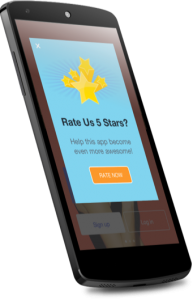
Make Simple and Fast Changes
You’ve been doing it already on your site and email campaigns; now it’s time to be able to easily make UI modifications in your app. This type of change will drive increased engagement.
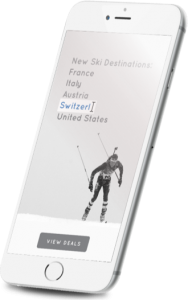
Creating an Exceptional Experience
Until now, we’ve focused on features that have a specific goal in mind, whether it be guiding the user or driving conversions. The features below focus on getting the user to return to your app and stay longer.
 Here are some features that can be implemented to encourage users to, simply put, like your app:
Here are some features that can be implemented to encourage users to, simply put, like your app:
Specially limited-time offers – These can be powerful ways of re-engaging dormant users.
Special offers, discounts and social rewards – First, define your power users. Then show your appreciation with these features.
Fun quiz – This use of a survey lets you add some creative fun to your app – “Which outfit will you wear for the Prom night?” – by letting users tap on the right answer. Once they’ve tapped, let them see how other users responded to the quiz and perhaps, take them to the product page.
Upgrade – Create an in-app notification message that informs users of the availability of a new app version, linking to it. For each version upgrade, make sure you use on-boarding to showcase important changes in the app.
Test, Measure, Optimize. Repeat.
Ultimately, you want to know what works best for your audience. That’s why it’s important to continuously test these features with your audience segments. If you listen to your data carefully, you’ll make the best decision for you. Nailing the right feature with the right audience in the right context will increase your app retention, loyalty, and overall engagement metrics.
